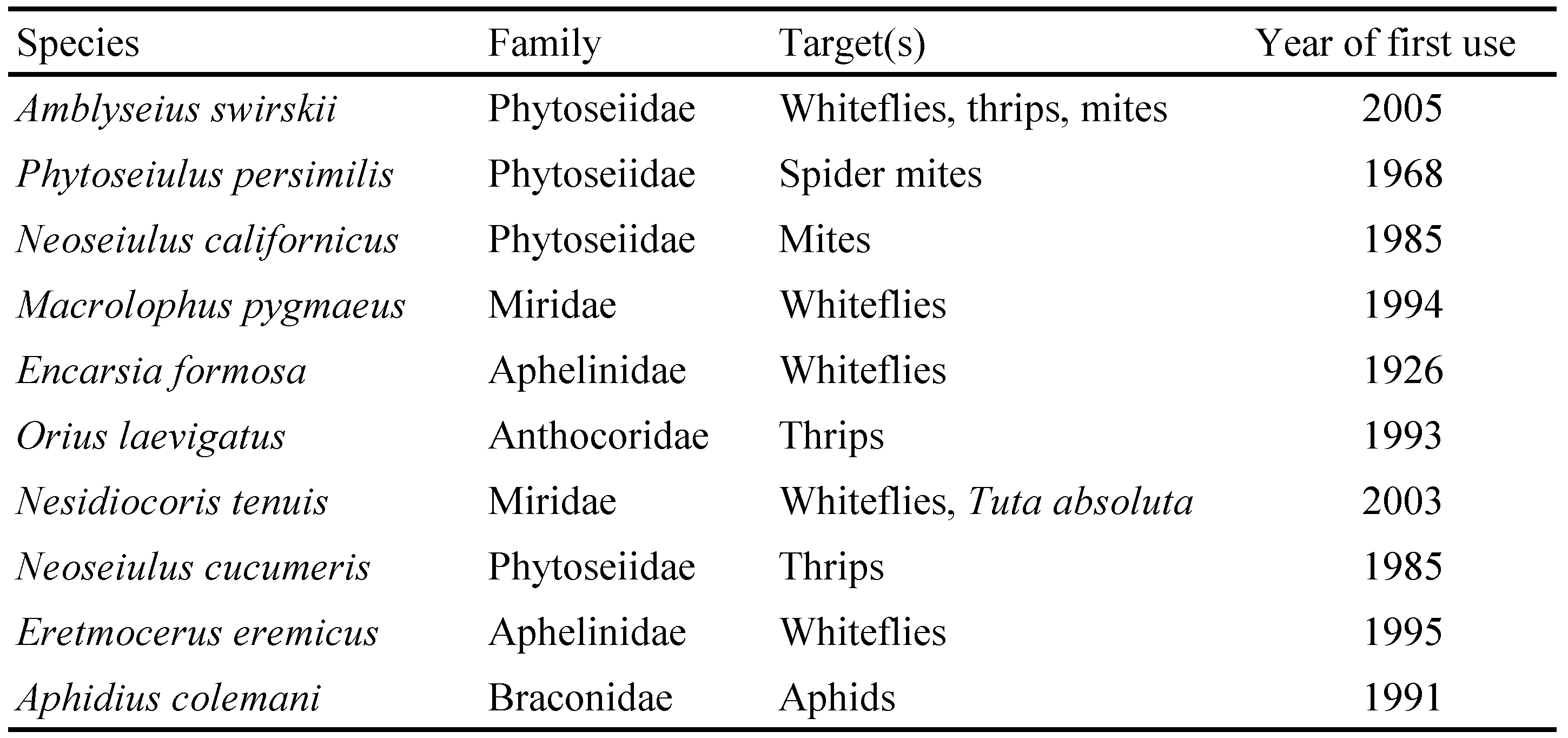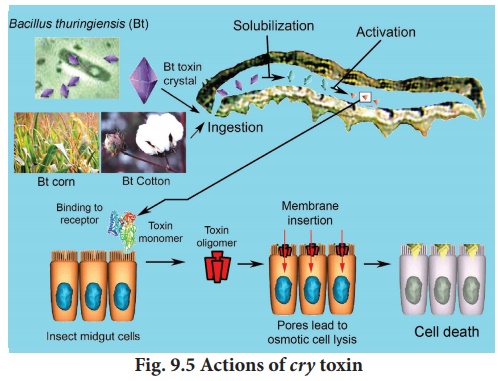

The cookie is used to store the user consent for the cookies in the category "Other. This cookie is set by GDPR Cookie Consent plugin. The cookies is used to store the user consent for the cookies in the category "Necessary". The cookie is set by GDPR cookie consent to record the user consent for the cookies in the category "Functional".

The cookie is used to store the user consent for the cookies in the category "Analytics". These cookies ensure basic functionalities and security features of the website, anonymously. Necessary cookies are absolutely essential for the website to function properly. In spring 2017 a petition for the redistribution of Trichomalus perfectus as a classical biological control agent for cabbage seedpod weevil, Ceutorhynchus obstrictus, in Western Canada was submitted to the Candian Food Inspection Agency (CFIA).Successful releases of the wasp, Peristenus digoneutis, have been made against Lygus plant bugs in Ontario, Canada. The parasitoid has established in Ontario and parasitism at release sites is high. Since 2010, continuous releases of the wasp species, Tetrastichus setifer, have been made against the lily leaf beetle, Lilioceris lilii, across Canada.First results suggest that immediate parasitism levels of almost 50% can be achieved when sufficient numbers of the biological control agent are released. Continuous releases of the biological control agent Diadromus pulchellus, a wasp species, have been made against the invasive leek moth, Acrolepiopsis assectella, in Canada since 2010.We are currently investigating potential biocontrol agents for seven invasive insects in Canada and Europe.


We are also actively involved in the development of new guidelines on the regulation of biological control. In addition, we are investigating the adaptation of native natural enemies of exotic pests in the invaded range and their potential for augmentative biological control (periodical releases of mass reared natural enemies into short-term crops).
#How are insects used as biocontrol agents series
We advance the science of biological arthropod biological control by carrying out in-depth studies, often in collaboration with universities or other research organisations.įor example, the identification of new biological control agents involves a range of activities including surveys of natural enemies in the pest’s native range, host range studies, and climate simulation models.Īny organism intended for the control of a non-native invasive insect then undergoes an extensive series of tests to determine its environmental safety before considering its release. Our team of highly experienced staff works with customers to develop scientifically sound biological control solutions based on thorough research. The aim is not to eradicate the invasive insect, but to bring its density below an appropriate ecological or economic threshold.īiocontrol is an environmentally friendly, cost-effective and sustainable way of managing invasive species and has been used effectively for more than 100 years.ĬABI has over 60 years’ experience of working on the biological control of invasive insects. It levels the playing-field by reintroducing some of the specialist natural enemies that help control the invasive species in its native range. Classical biological control, or biocontrol, is the use of living organisms such as insects, mites or fungal pathogens to control pest populations. One reason why these non-native insects can become invasive is the lack of natural enemies that limit their population growth and spread in the invaded area. These non-native insects often remain undetected until populations are well established and become invasive, threatening native species, ecosystems, habitats, human health and many sectors of the economy such as agriculture, forestry and tourism. When insect species establish outside of their natural distribution range they are called non-native or exotic.


 0 kommentar(er)
0 kommentar(er)
